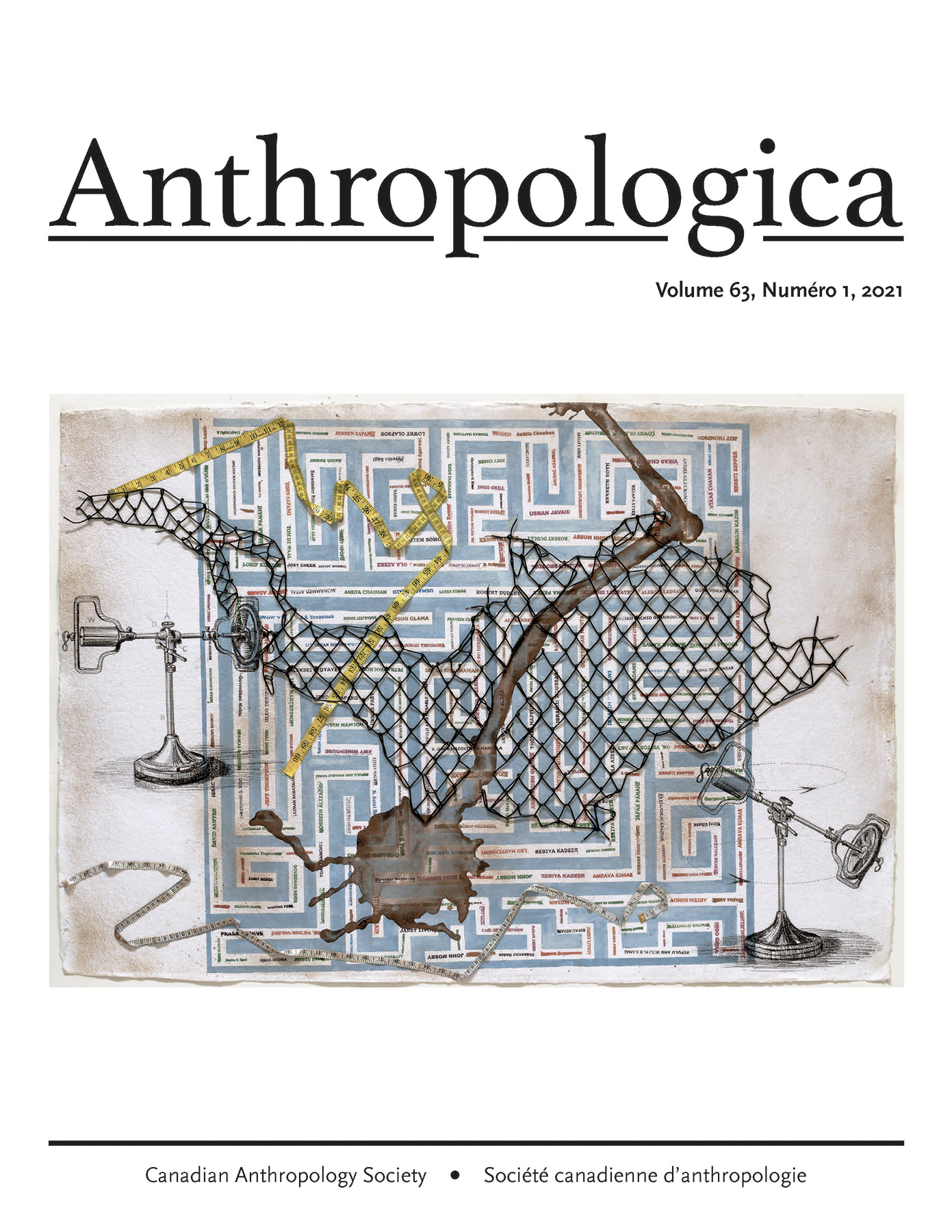Article body
The University of Toronto Press’s unique series ethnoGRAPHIC brings anthropological research to life through the genre of the graphic novel. While only the second book in the series, Things that Art: A Graphic Menagerie of Enchanted Curiosity departs from the expected narrative form. It is perhaps best described as visual meditation on the act of categorizing and classifying. Each page presents a string of labeled watercolor drawings whose visual aura gently indexes vintage botanical plates. The group of specimens are brought together by an umbrella category of “things that.” Things that peep. Things that bleed. Things that mark a negative space. Each category and its curious collection of precisely labeled images confirms or thwarts our ideas of both the category and its collection. A “categorical assault on categories” (66), the book is not so much an anthropology of ‘things’ but rather an exploration of thing-ing. It offers a reflection on the relationships between words and things as mediated by image.
To give you a verbal illustration, the collection of “things that are institutionalized” includes images representing insane people, children, food, animals, ideas, justice, religion, and work. The drawings are simultaneously cheerful and dark. Above the word ‘justice,’ for example, there is a human figure in an electric chair penned in pink and turquoise hues. The viewer must reckon with competing visual and ethical paradigms. One is confronted with the reality of institutional justice as violent while finding the overall experience of the page at once pleasing and unsettling.
The book opens with a brief introductory essay by the author. The exploratory and playful aims of the book begin to take shape on these pages. Jain writes, “[categories] enable concepts and organize perception, and in so doing, they constitute those who devise them, those who are ensnared by them, and the worlds in which they move together… but if categories needs us, and we need them, what scope exists for revision?” (6). The graphic menagerie that follows pursues the possibility of a ‘scope of revision’ by offering readers/viewers thought experiments on each page. Jain leans on the famed art critic John Berger who wrote, “we who draw do so not only to make something visible to others, but also to accompany something invisible to its incalculable destination” (2). There is something about the drawn cards that enable categories to be built/ undone in ways that words alone may not have. The ink on the page invites you to dwell and incites visceral reactions.
In between collections of curios are three short essays by a handful of erudite makers of different stripes, a poet: an architect, a musician and early modern literature expert. The first essay, by McVarish, aptly underscores how in creating a “conceptual chiasmus” (25), Jain takes on questions about “authority, classification, systems of knowledge, and epistemology” (19). Maria Delores McVarish points to the example “Things that are weapons,” which includes “cars” as an instance of “radical experimental inclusion” (25). In the second essay, Elizabeth Bradfield likens Jain’s menagerie to viewing specimen cards from a Victorian natural history museum in the present moment. These historical renderings of species are both wondrous for not only what they show but how they are arranged and shown.
In Jain’s collections Bradfield writes, “word and image vie for a hold on ‘truth’ and we, the viewers, realize that our true interest is in the energy of the varied and discordant claims alongside one another rather than settled determination” (43). Jain picks up the notion of the Victorian specimen cards in the concluding essay charting some key historic taxonomic adventures like the work of 18th century botanist Carl Linnaeus. While our intellectual ancestors were keen to create definite catalogues of categories, Jain is interested in highlighting fragility, instability, all while not disavowing the impulse to classify.
Things that Art arrived at my home the same week my first child was born. I read the book very slowly, propped up on a pillow while I fed them at all hours of the day and night. The hardcover book is inviting to hold. It welcomes the viewer and the reader to explore its pages in bouts, when curiosity strikes. For some time, Things that Art sat on my coffee table amongst gifted and inherited children’s board books. With its whimsical cover, it both blended in and stood out. The majority of children’s books seek to teach about an orderly world. A horse goes in a barn. A fish swims in a bowl. All of the red things belong on one page, all of the blue things on the next. Through these books, we learn not only which worldly things are red and which are blue, but we also learn that colour is an important organizing apparatus. These books boast conceptual confidence in their ability to teach us to perceive an already categorized and categorizable world. But is a fox really orange? Why then is it called a red fox? What about something that is aquamarine? Is it blue or green?
Scaling up from my child’s books, I consider the stakes of categories for personhood. In the first year of my child’s life, they are constantly subjected to categorizing questions. Boy or girl? Good sleeper or bad? Sitting up or not? Any teeth yet? Their personhood defined by genetalia, gross motor abilities, and dental record. I am both deflated by such a narrow understanding of them, and somehow invested in aspects of it—a tooth came through! Jain’s book brings some comfort in this regard. It is a reminder that “a shared world remains open to change, or, to use another word, to art” (74).


